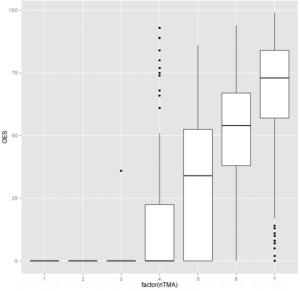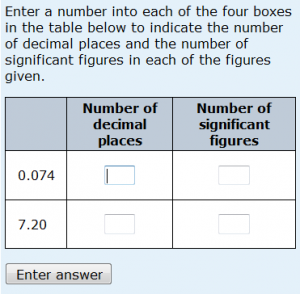 I suspect that this reflection from the 14th International Computer Aided Conference (CAA2013) may not go down well with all of my readers. I refer to the mention in several papers of the use of technology in teaching and learning as a ‘cargo cult’.
I suspect that this reflection from the 14th International Computer Aided Conference (CAA2013) may not go down well with all of my readers. I refer to the mention in several papers of the use of technology in teaching and learning as a ‘cargo cult’.
Perhaps I’d better start by saying what the term ‘cargo cult’ is being used to mean. Lester Gilbert (et al.) (2013) explained that ‘cargo cults refer to post-World-War II Melanesian movements whose members believe that various ritualistic acts will lead to a bestowing of material wealth’ and , by analogy, ‘cargo cult science is a science with no effective understanding of how a domain works’. Lester then quoted Feynman ( 1985):
‘I found things that even more people believe, such as that we have some knowledge of how to educate. There are big schools of reading methods and mathematics methods, and so forth, but if you notice, you’ll see the reading scores keep going down–or hardly going up–in spite of the fact that we continually use these same people to improve the methods. There’s a witch doctor remedy that doesn’t work. [This is an] example of what I would like to call cargo cult science.’
I’m not sure that my understanding is the same as Lester Gilbert’s or Richard Feynman’s, but the point that struck me forcably was the reminder of the ritualistic, ‘witch-doctor’ approach of much of what we do. Actually it doesn’t just apply to our use of technology. We have a mantra that doing such-and-such or using such-and-such a technical solution will improve the quality of our teaching and the quality of our students’ learning, and we are very often low on understanding of the underlying pedagogy. We are also pretty low on evidence of impact, but we keep on doing things differently just because we feel that it ought to work – or perhaps that we hope that it will.
Tom Hench ended his presentation (which I’ll talk about in another post) by saying that we need ‘research, research and research’ into what we do in teaching. I agree.
Feynman, R (1985). Cargo cult science. In, Surely You’re Joking, Mr. Feynman! W W Norton.
Gilbert, L., Wills, G., Sitthisak,O. (2013) Perpetuating the cargo cult: Never mind the pedagogy, feel the technology. In Proceedings of CAA2013 International Conference, 9th-10th July, Southampton.






